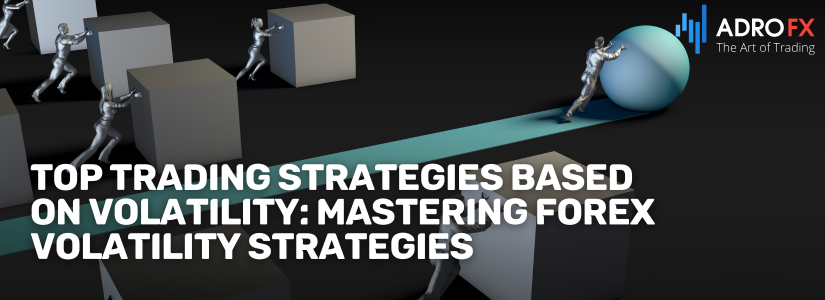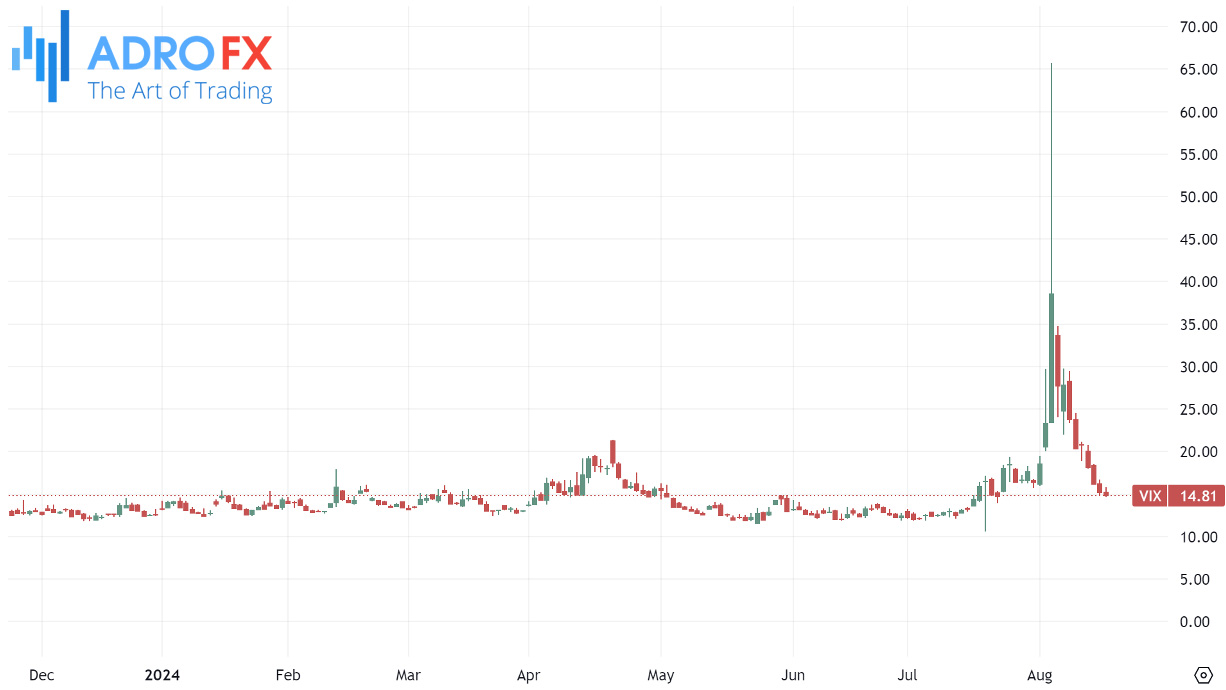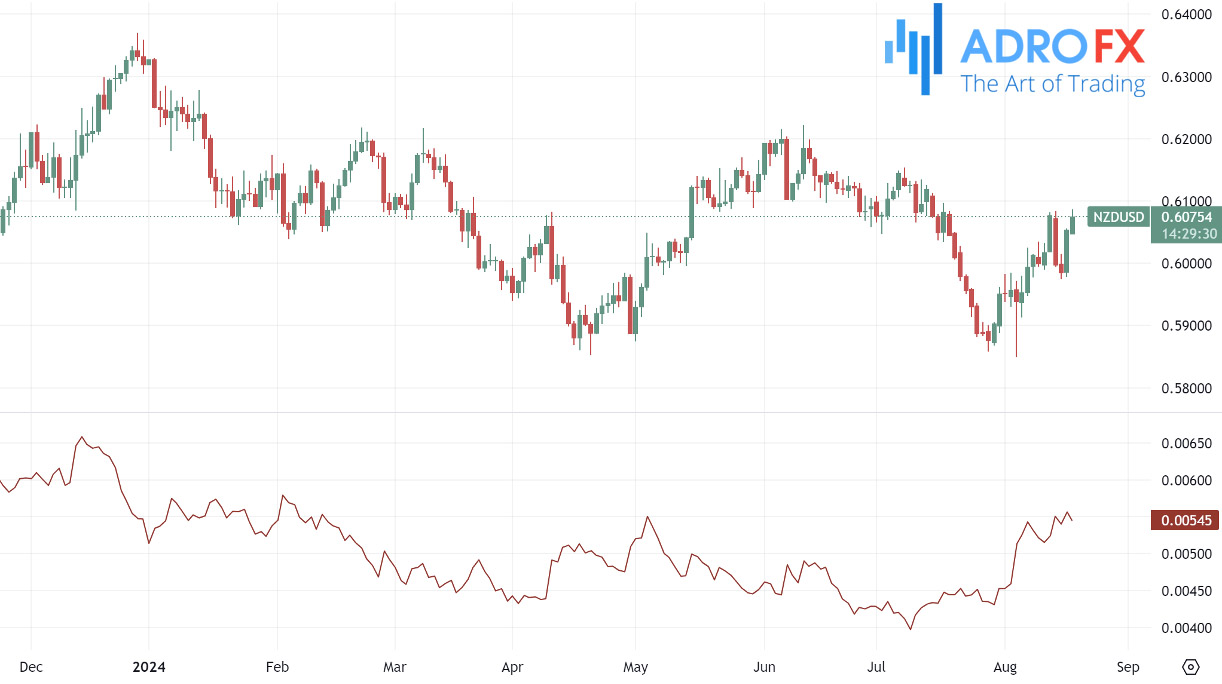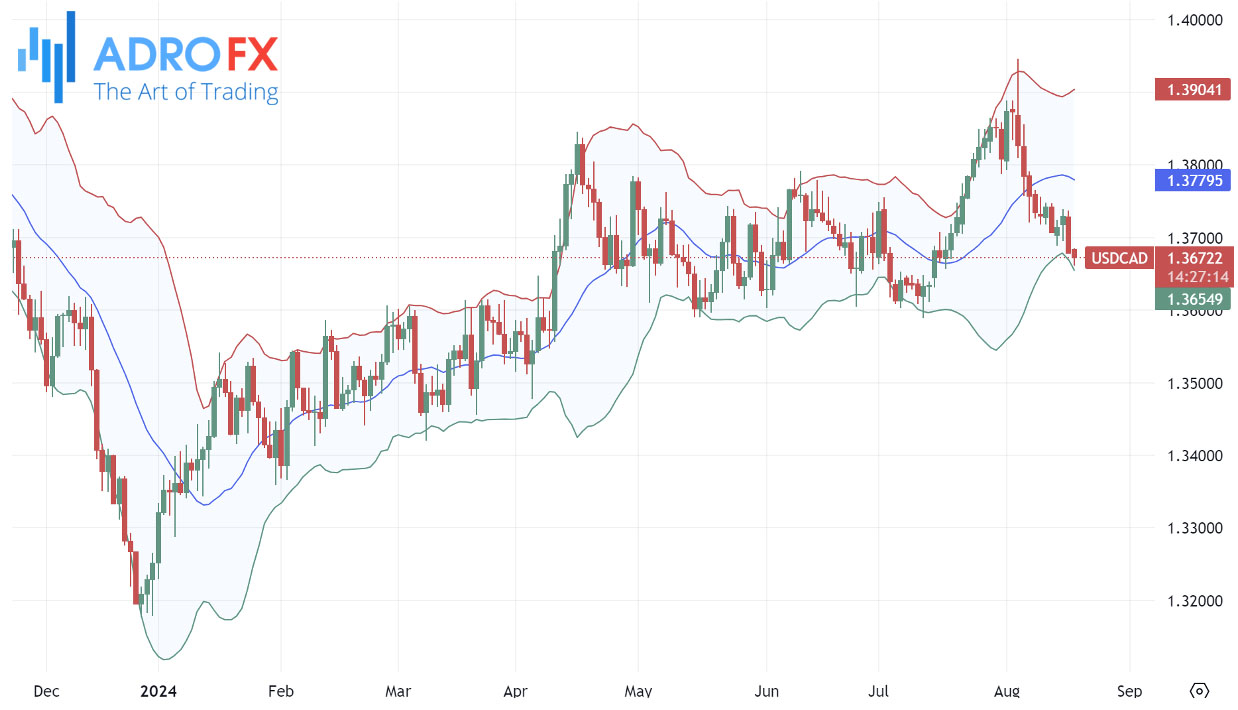Top Trading Strategies Based on Volatility: Mastering Forex Volatility Strategies

In the fast-paced world of trading, having a well-structured strategy is essential for successfully navigating market fluctuations. A trading strategy is a carefully designed plan that helps traders make informed decisions and execute trades efficiently. These strategies are typically built around various key factors such as market behavior, economic data, and technical indicators. Among the most influential elements shaping trading decisions is volatility.
Volatility represents the degree of price fluctuation in a financial asset over a given period. It reflects the uncertainty or risk in the market, with high volatility suggesting rapid price movements and low volatility indicating more stable prices. By understanding and strategically utilizing volatility, traders can enhance their ability to profit from price changes and manage risks in both turbulent and calm market conditions.
Understanding Volatility in Trading
Volatility is a key metric that reflects the degree of price variation for a certain asset or stock index over a specific time frame. It essentially calculates how much and how fast an asset’s price moves. When volatility is high, significant price swings occur, leading to increased market uncertainty. In contrast, low volatility implies a more steady market environment with less dramatic price shifts. For traders, understanding volatility is vital as it offers a clear perspective on potential risks and rewards in the market.
Volatility can be divided into two primary categories. Historical volatility is based on past price data and indicates how much the price has moved compared to its average over a set period. It entails beneficial insights into market behavior and can assist traders in predicting future price movements. At the same time, implied volatility is derived from the current prices of options and shows market anticipations for future price changes. It's commonly used as a barometer of market sentiment and perceived risk, especially in options pricing models.
There are various tools and indicators traders use to gauge volatility. The VIX, known as the "fear gauge," predicts the S&P 500’s expected volatility over the coming 30 days, serving as a widely-used measure of market risk.

The Average True Range (ATR) indicator helps traders assess volatility by calculating the average range between an asset’s highest and lowest prices over a given period. That is especially helpful for setting Stop Loss and Take Profit orders. Bollinger Bands, which use moving averages and standard deviations to create bands around the price, visually represent price volatility and can signal periods of contraction and expansion in the market.
Also read: How the CBOE VIX Index Works to Predict Market Volatility
Trading Strategies Based on Volatility
Volatility-based strategies are trading techniques that leverage market volatility as a key factor in decision-making. These strategies aim to benefit from price fluctuations influenced by shifts in volatility, helping traders optimize returns while managing risk more effectively. By analyzing and predicting volatility, traders can position themselves to benefit from both heightened and subdued volatility in forex and CFD markets.
A widely used method is the breakout strategy, where traders identify critical support or resistance levels and place trades when the price breaks through these thresholds. Breakouts often lead to significant price shifts, particularly during periods of elevated volatility. Traders using this approach typically look for higher trading volumes and volatility to confirm the breakout and time their trades in the forex or CFD markets accordingly.
Another viable method is the volatility contraction strategy. This approach focuses on periods when price movement narrows or consolidates. When the price eventually breaks out of this narrow range, traders anticipate a sharp increase in volatility. By positioning themselves to exploit this volatility expansion, traders aim to profit from the subsequent price surge in forex pairs or CFD instruments.
Other volatility-based strategies include range trading and volatility breakout trades. Range trading involves buying at the lower boundary of a defined range and selling near the upper boundary, making it ideal for periods of low volatility and stable price action. In contrast, volatility breakout trades focus on identifying significant volatility spikes. Traders look for forex pairs or CFDs poised to break out of a consolidation phase or defined range, closely monitoring key support and resistance levels for entry points. Once the breakout occurs, they enter trades in the direction of the price movement to capture the following trend.
By integrating these volatility-based strategies, traders can better manage the complexities of the market and enhance their odds of success. These approaches offer valuable insights into managing risk and seizing opportunities in both high and low volatility conditions.
Also read: Future-Proof Forex Trading: Best Strategies for 2024 - 2025
Forex Volatility Strategy: A Focused Approach
In forex trading, understanding volatility is essential. The forex market is distinguished by its high liquidity and inherent volatility, which can create both opportunities and challenges for traders. Volatility in forex is affected by different factors, like economic data releases, geopolitical events, as well as shifts in market sentiment. Recognizing how these factors impact currency pairs is crucial for making informed trading decisions and controlling risk effectively.
Successful forex volatility strategies are designed to leverage the specific traits of the market. One such strategy involves using the Average True Range (ATR) to define proper Stop Loss and Take Profit levels.

The ATR measures market volatility by calculating the average range between the high and low prices over a certain period. Here’s how to apply this strategy:
- Calculate the ATR Value
First, determine the ATR for the currency pair you're trading. This value represents the average volatility within the selected timeframe. - Set Stop Loss Levels
As per ATR, set your Stop Loss at a multiple of the ATR below the entry price for a long position, or above the entry price for a short position. This helps account for typical price fluctuations and minimizes the risk of premature stop-outs. - Set Take Profit Levels
Similarly, position your Take Profit level at a multiple of the ATR above the entry price for a long position, or below it for a short position, ensuring your profit target aligns with anticipated price movement.
Another reliable strategy is volatility-based range trading. It includes determining periods where a currency pair trades within a defined range. Price fluctuations remain constrained during these periods, allowing traders to buy near the lower boundary and sell near the upper boundary. For instance, if a NZD/USD currency pair moves between 0.5800 and 0.6200, traders can capitalize on these price swings. This strategy is most effective in low-volatility environments with stable price action.
Volatility breakout trading is another technique focused on heightened volatility. Traders seek currency pairs that show signs of breaking out from a consolidation phase or well-defined range. To identify breakout opportunities, monitor key support and resistance levels and watch for a noticeable uptick in volatility. Once a breakout occurs, traders enter positions in the direction of the move to capture the ensuing price momentum. Indicators like Bollinger Bands are helpful in this scenario, as they expand during volatile conditions and contract during low volatility.
Ready to test these forex volatility strategies and see how they work in real market conditions? Start by opening a demo account with AdroFx. A demo account allows you to practice trading with virtual funds and gain hands-on experience without any financial risk. Explore different volatility-based strategies, familiarize yourself with trading tools, and refine your approach before committing real capital. Visit AdroFx to start your free demo account today and take the first step towards mastering forex trading.
Tools and Indicators for Volatility-Based Trading
For successful volatility-based trading, a range of tools and indicators can help traders evaluate market conditions and make more informed decisions. Knowing how to leverage these tools can significantly improve strategy execution and overall trading outcomes.
One commonly used volatility indicator is the Average True Range (ATR). The ATR measures the average range between an asset’s high and low prices over a specified period, giving traders insight into the current level of volatility. This tool is particularly helpful for setting dynamic Stop Loss and Take Profit levels, allowing traders to adjust their parameters according to market fluctuations.
Another essential tool is Bollinger Bands, which consist of a middle band (usually a moving average) and two outer bands that represent standard deviations from the middle. The bands expand and contract depending on market volatility. Widening bands signal increased volatility, while narrowing bands suggest a calmer market. Traders use Bollinger Bands to identify potential breakout scenarios and assess the momentum behind price movements.

Volatility indices, like the VIX, provide an overall sense of market sentiment and anticipated volatility. While the VIX is specifically designed for the S&P 500 and measures expected volatility based on options pricing, similar indices are available for other asset classes. These indices offer valuable insights into market risk and uncertainty, even though they are not directly applicable to forex trading.
When selecting volatility indicators, traders should take into account factors like the asset class, the trading timeframe, and the strategy in use. It's important to combine volatility tools with other types of analysis, such as technical and fundamental analysis, for a well-rounded approach. By blending multiple indicators and understanding their respective advantages, traders can create more effective strategies and improve their overall trading results.
Also read: Top Technical Indicators for Day Trading in 2024
Risk Management in Volatility-Based Strategies
Understanding the risks associated with volatility-based trading strategies is crucial for protecting capital and ensuring long-term success. Volatility, by its nature, introduces a higher level of uncertainty in the markets. As prices swing more dramatically, the potential for substantial returns comes with an increased risk of substantial losses. This is particularly important in volatility-based strategies, where the very element of volatility that can create opportunities also elevates risk.
One primary way volatility impacts risk is through the increased likelihood of price swings that can trigger Stop Loss orders or lead to unexpected losses. During periods of high volatility, price movements can be more unpredictable, making it vital to adjust trading parameters accordingly. This means that while volatility can offer lucrative opportunities, it also requires careful management to mitigate potential downsides.
To manage risks effectively in volatility-based strategies, several techniques can be employed. Position sizing is a fundamental risk management tool that involves determining the amount of capital allocated to each trade. By adjusting position sizes according to the level of volatility, traders can ensure that their trades align with their risk tolerance and overall trading strategy. For instance, smaller position sizes can be used during periods of high volatility to limit potential losses.
Stop Loss orders are another critical risk management technique. These orders automatically exit a trade when the price moves against the trader's position by a predefined amount. In volatile markets, setting wider Stop Loss levels may be necessary to accommodate larger price swings, but it’s important to balance this with the risk of larger potential losses.
Diversification involves spreading investments across various assets or strategies to reduce exposure to any single risk. In the context of volatility-based trading, diversification can help mitigate the impact of adverse price movements in one asset by spreading risk across multiple assets or trading strategies. This approach helps in balancing the overall risk and improving the likelihood of achieving stable returns.
Conclusion
In conclusion, volatility-based trading strategies offer a unique approach to capitalizing on market fluctuations and enhancing trading opportunities. By understanding the nature of volatility and incorporating strategies such as breakout trades, range trading, and volatility-based options, traders can effectively navigate both high and low volatility conditions. Using tools like ATR, Bollinger Bands, and volatility indices can further aid in making informed trading decisions.
However, with the opportunities presented by volatility come inherent risks. Proper risk management techniques - such as position sizing, Stop Loss orders, and diversification - are essential to protect capital and achieve sustainable success. By applying these techniques, traders can better manage the uncertainties that volatility introduces and enhance their overall trading performance.
Before applying these strategies in live trading, it is advisable to experiment in a demo environment. This allows traders to gain experience and refine their approach without risking real capital. Experimenting with volatility-based strategies in a simulated setting can help build confidence and understand how these strategies perform under different market conditions.
For more trading tips and insights, consider starting your trading journey with AdroFx. Our robust trading platform and comprehensive tools are designed to help you navigate the complexities of volatility-based strategies effectively. Visit AdroFx to open your account today and experience the benefits of trading with a trusted provider.
About AdroFx
Established in 2018, AdroFx is known for its high technology and its ability to deliver high-quality brokerage services in more than 200 countries around the world. AdroFx makes every effort to keep its customers satisfied and to meet all the trading needs of any trader. With the five types of trading accounts, we have all it takes to fit any traders` needs and styles. The company provides access to 115+ trading instruments, including currencies, metals, stocks, and cryptocurrencies, which make it possible to make the most out of trading on the financial markets. Considering all the above, AdroFx is the perfect variant for anyone who doesn't settle for less than the best.










